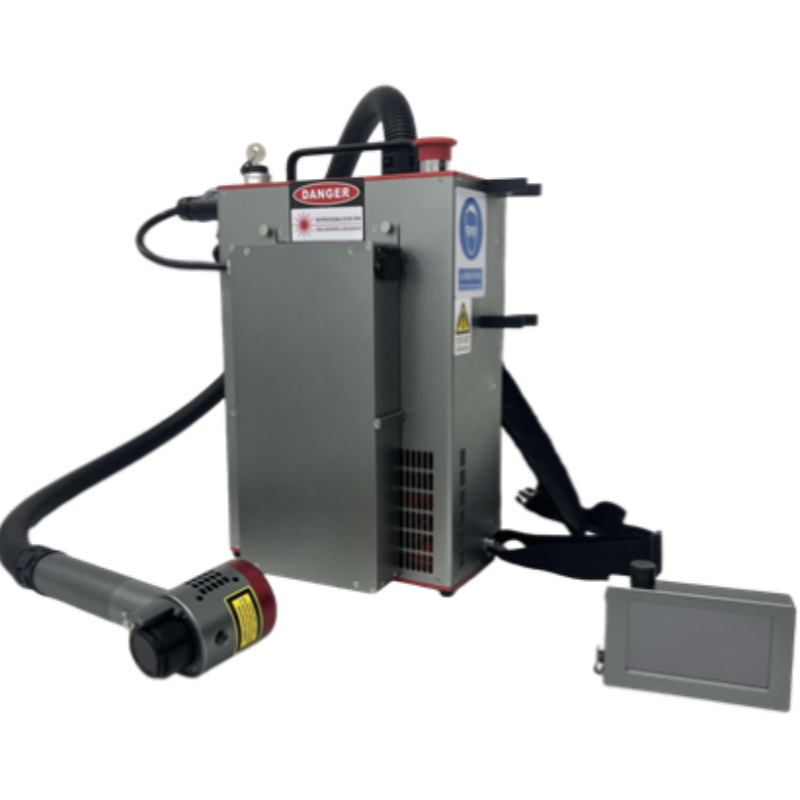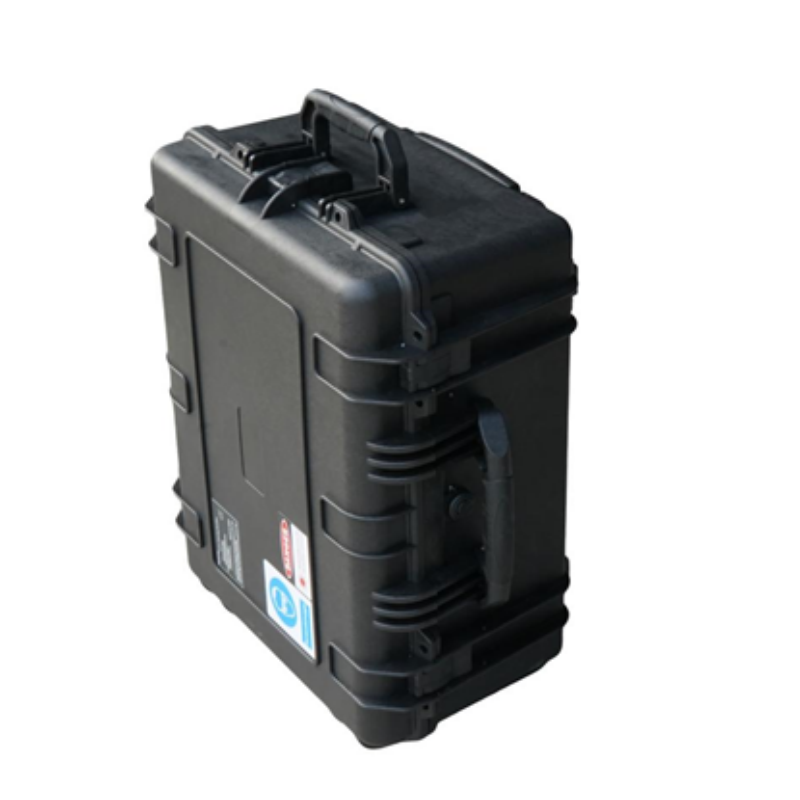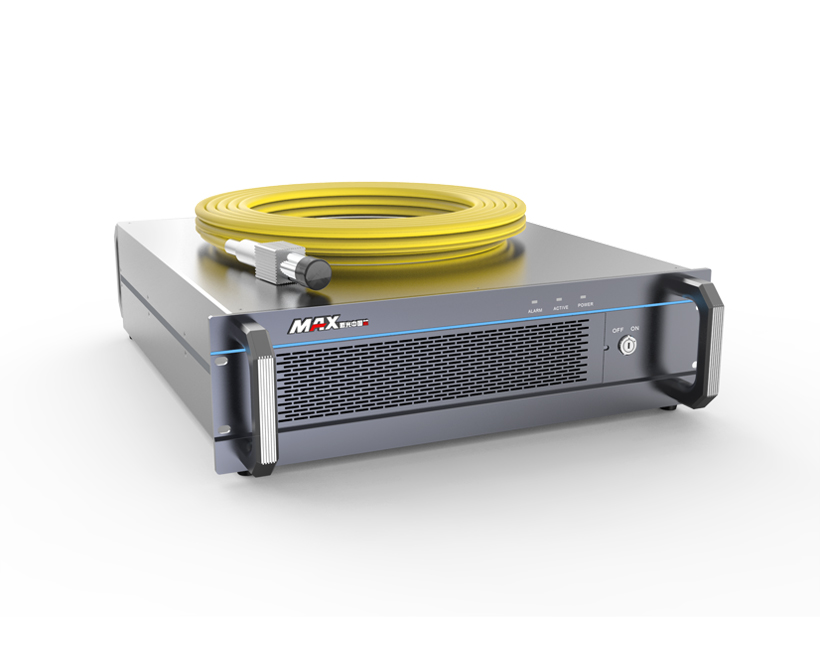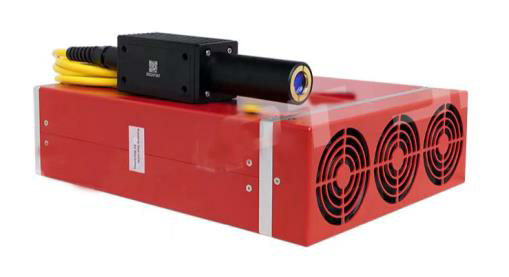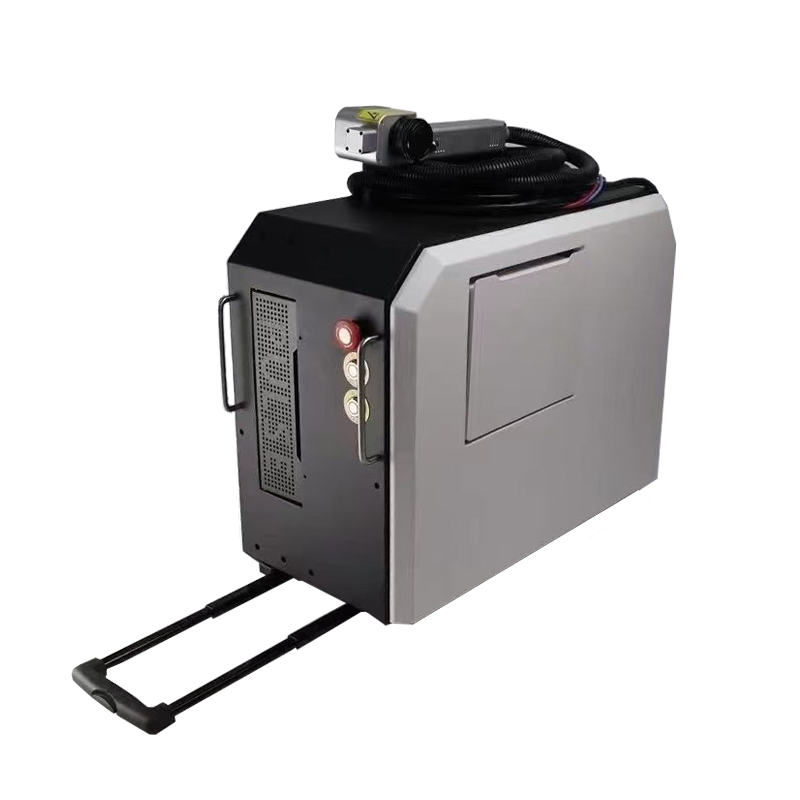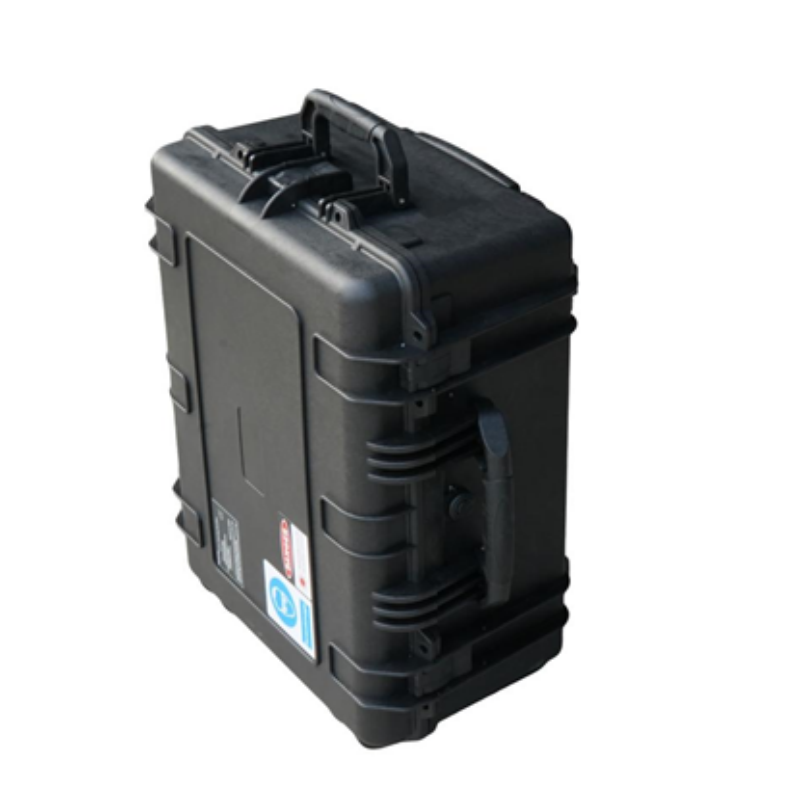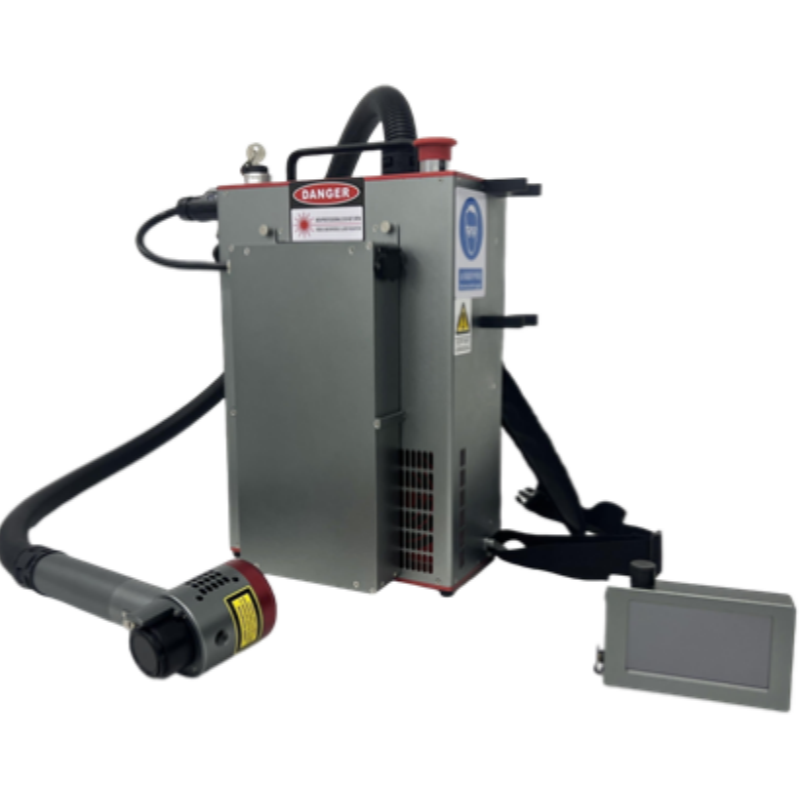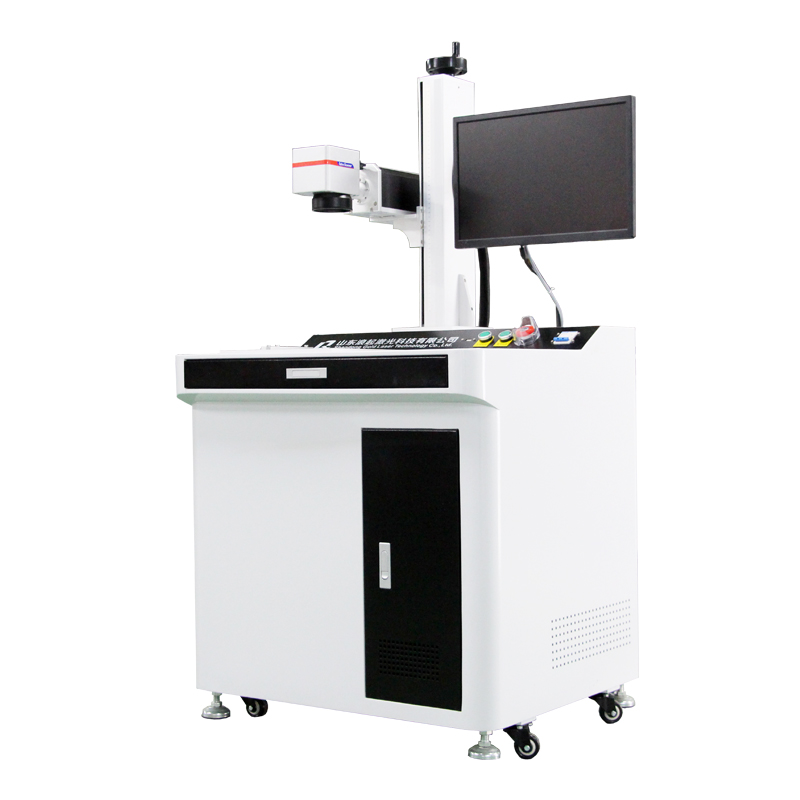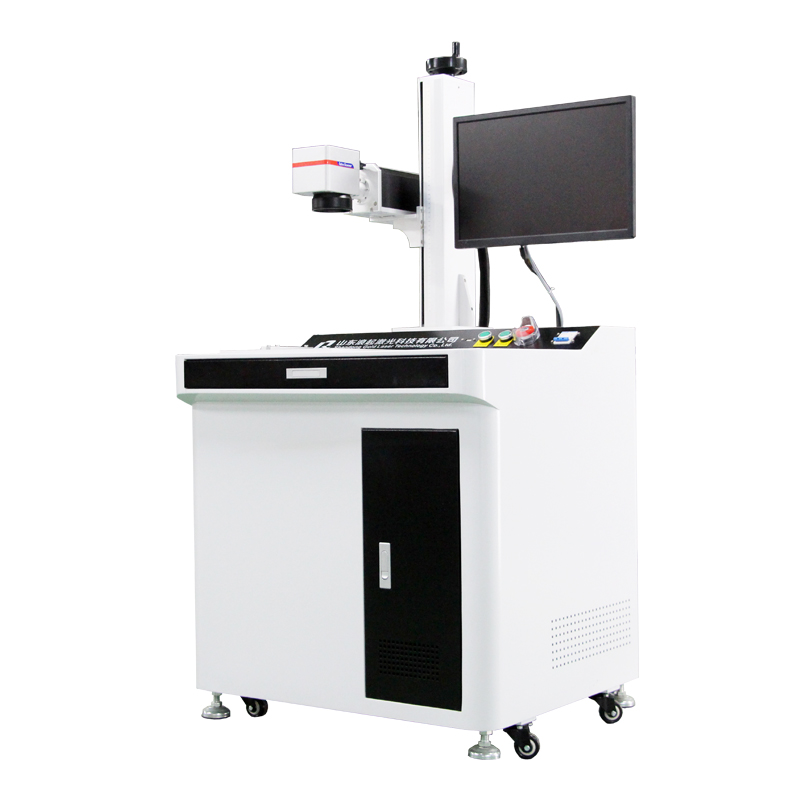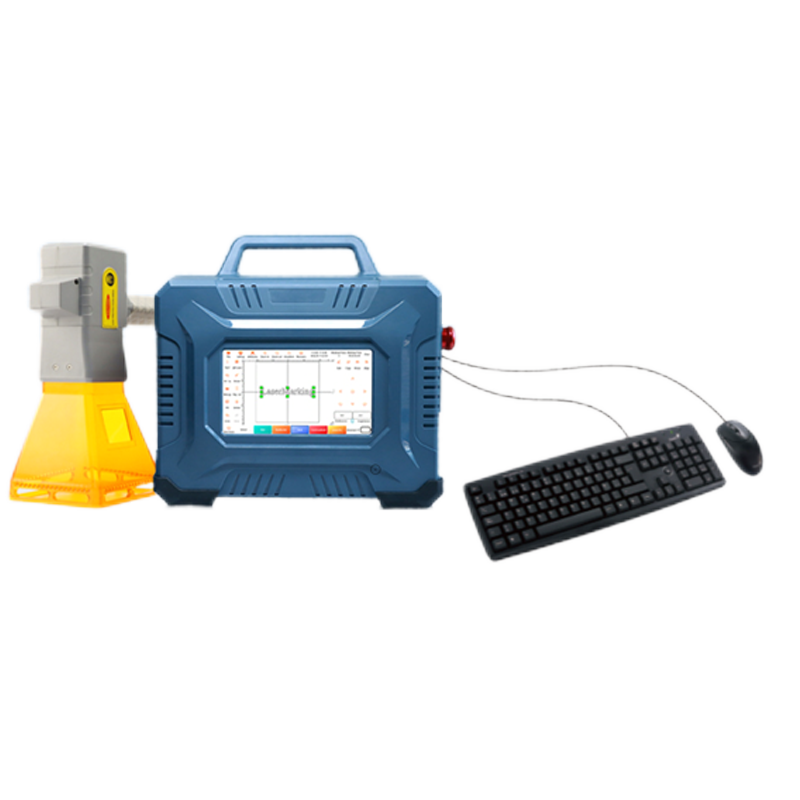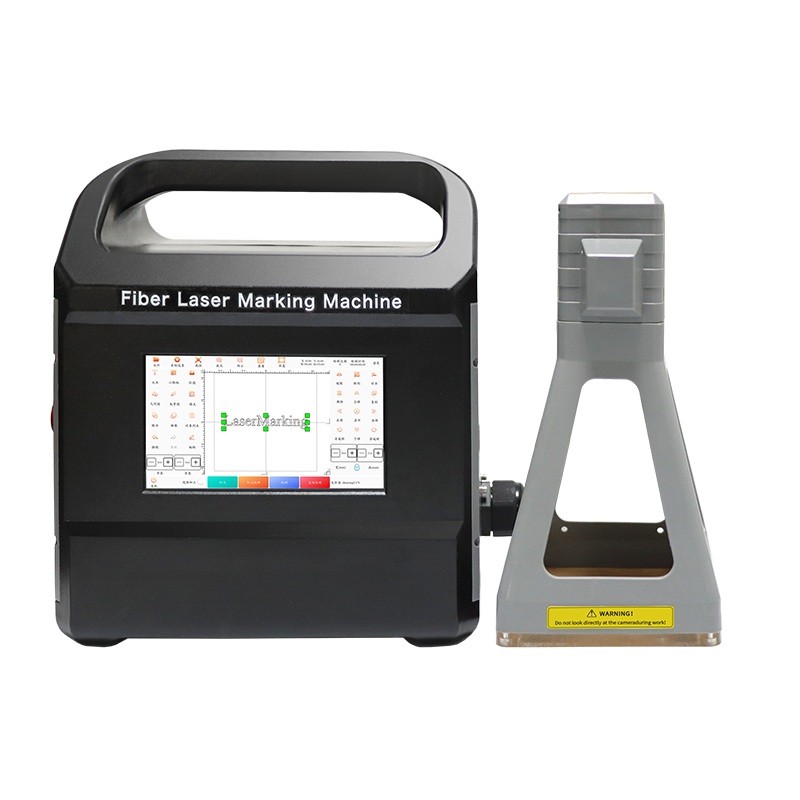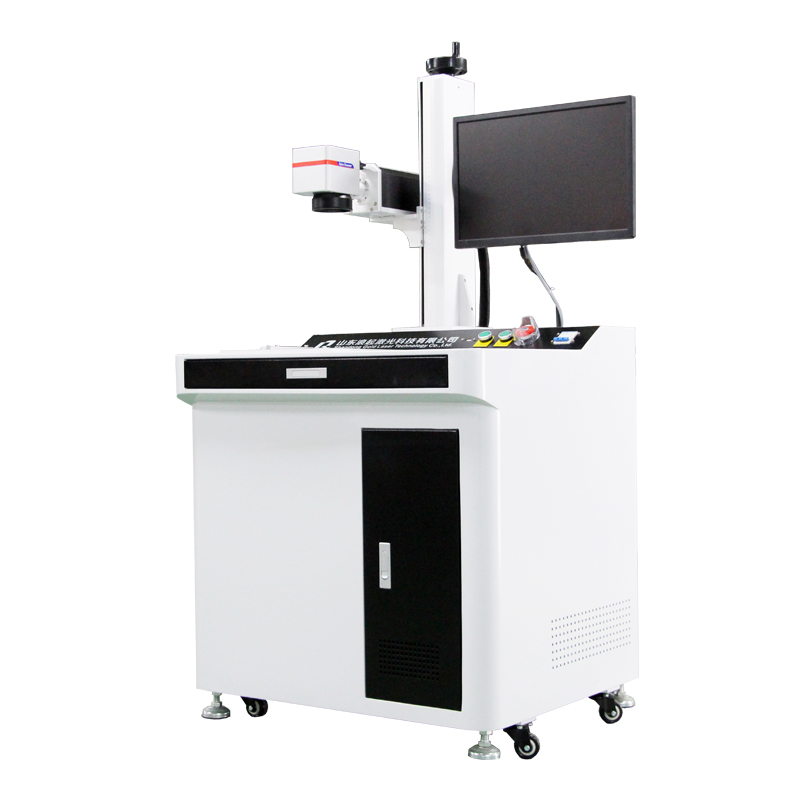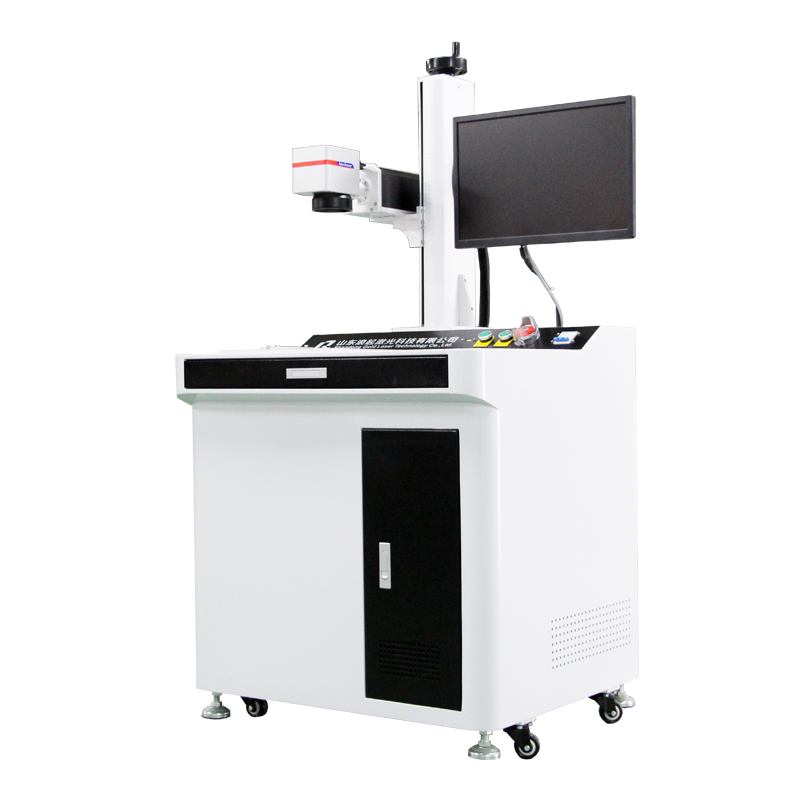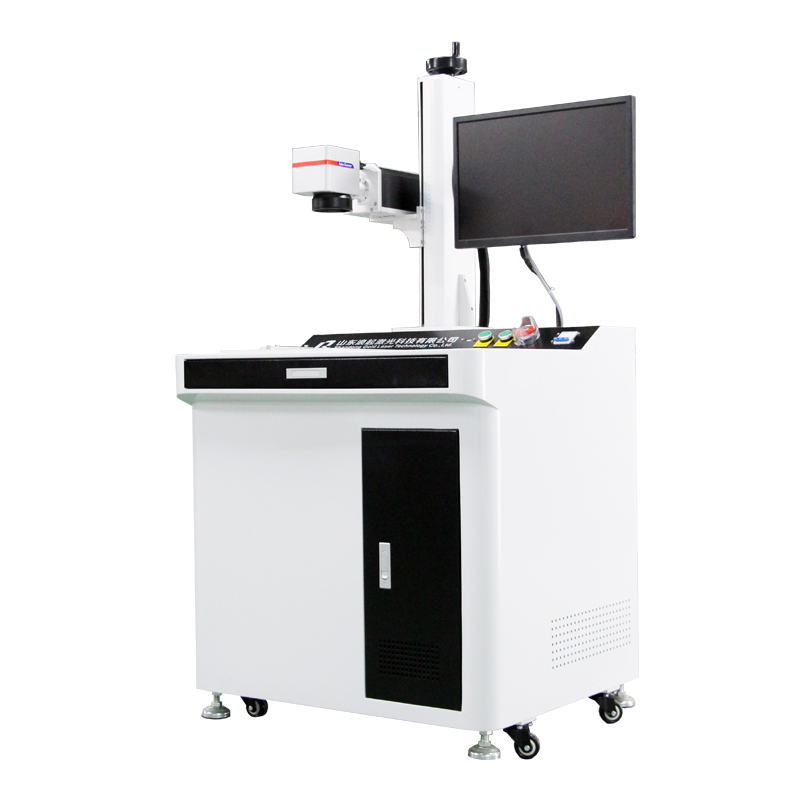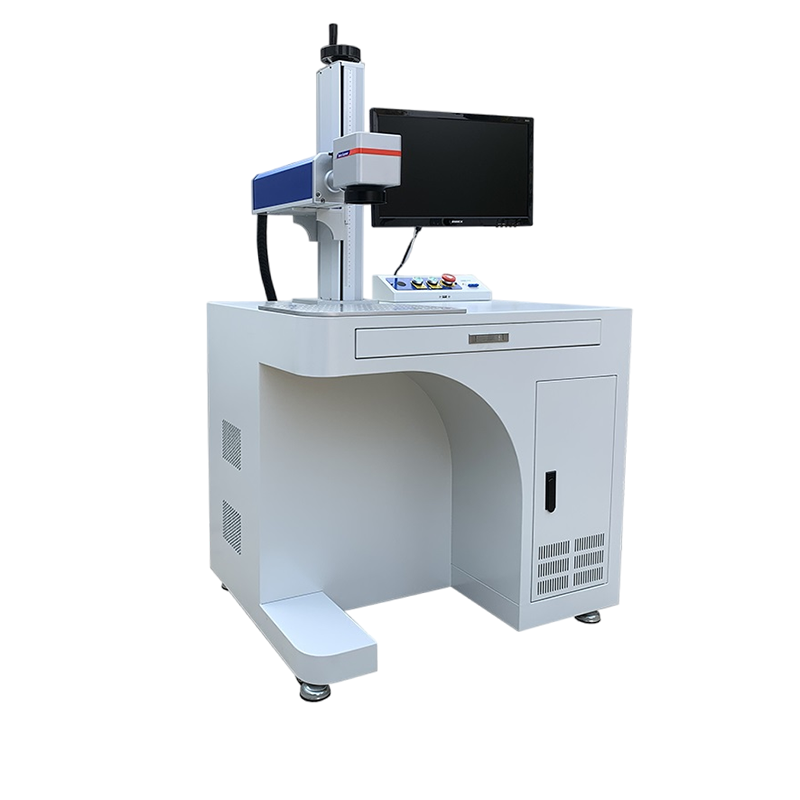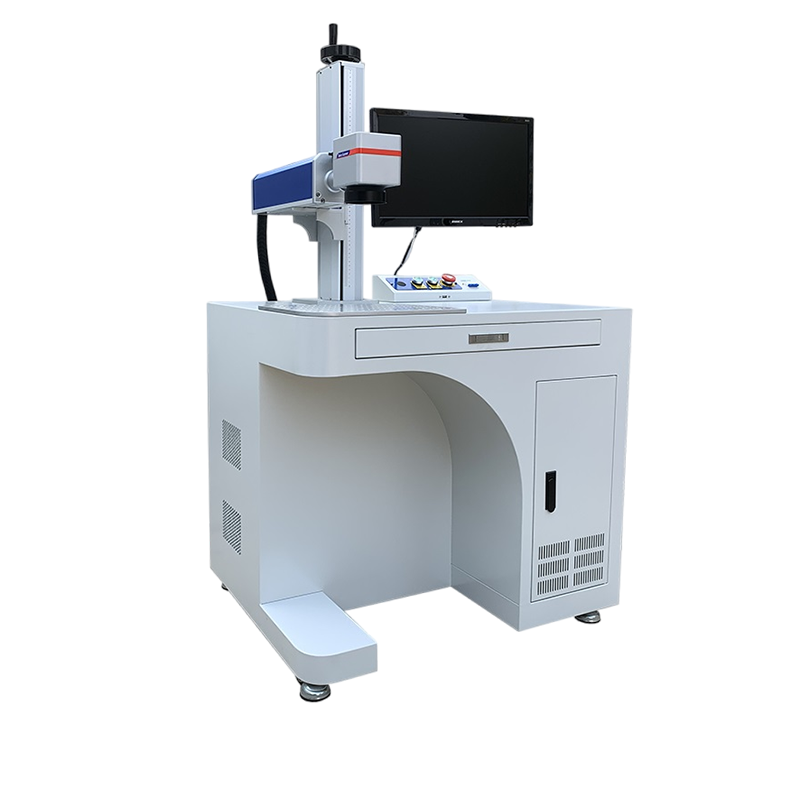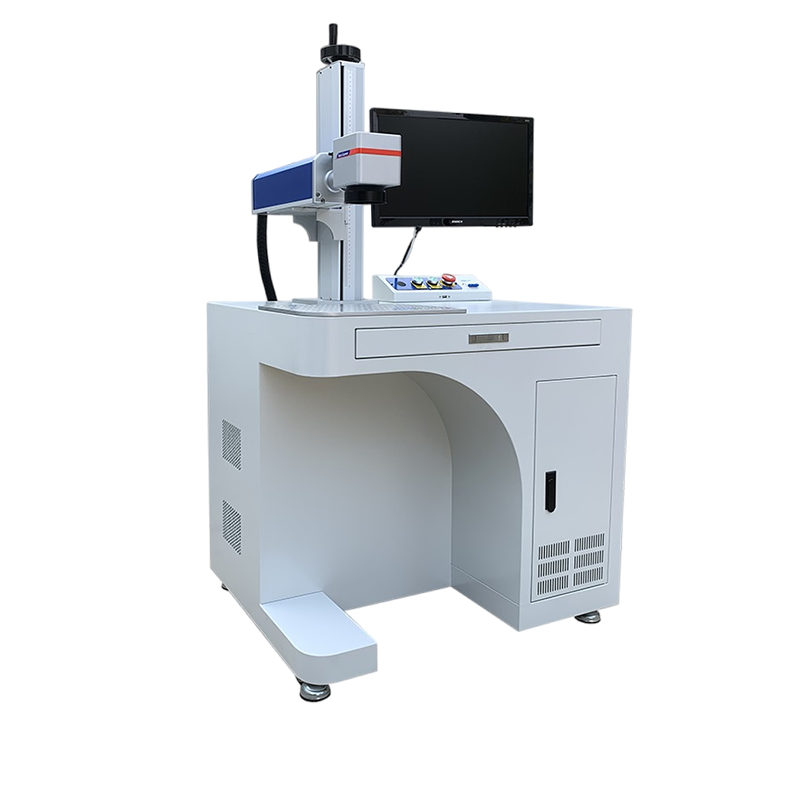- The Main Contenders: Fiber, MOPA Fiber, and DPSS
- 1. Pulsed Fiber Laser
- 2. MOPA Fiber Laser
- 3. DPSS Laser (Diode-Pumped Solid-State)
- Decision Framework: How to Choose
- 1. What is the PRIMARY material you will mark?
- 2. What is the desired mark quality and effect?
- 3. What is your budget?
- Summary Table
- Final Recommendation
Of course. This is an excellent and crucial question, as the laser source is the heart of a pulse marking machine, directly determining its capabilities, applications, and cost.
The choice isn't one-size-fits-all; it depends entirely on the material you need to mark and the desired result.
Here is a detailed breakdown of the common laser sources for pulse marking machines, their characteristics, and a guide to choosing the right one.
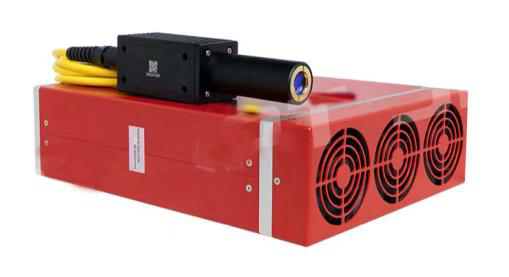
The Main Contenders: Fiber, MOPA Fiber, and DPSS
The three most common types of pulsed lasers for marking are:
Pulsed Fiber Lasers (The "Workhorse")
MOPA Fiber Lasers (The "Versatile Performer")
DPSS Lasers (The "Specialist")
Let's explore each one.
1. Pulsed Fiber Laser
Wavelength: 1064 nm (Infrared)
Pulse Width (Peak Power): Fixed, relatively short pulse width (typically around 100 ns). This results in very high peak power.
Key Characteristics: Robust, maintenance-free, highly efficient, long operational life, low cost of ownership.
Best For (Marking Applications):
Deep Engraving & Ablation: Excellent for removing material quickly (e.g., engraving serial numbers, 2D codes on tools).
High-Contrast Marks on Metals: Annealing steel and titanium, creating black/colored marks on metals.
Most Metals: Steel, aluminum, copper, brass, anodized aluminum.
Some Plastics: Can mark many plastics, but risk of burning or insufficient contrast.
Limitations:
Less control over the mark's surface effect on certain materials.
Can burn or melt some sensitive plastics.
Cannot achieve the "color marking" on stainless steel or plastics that a MOPA laser can.
2. MOPA Fiber Laser
Wavelength: 1064 nm (Infrared) - but with a key difference in its structure.
Pulse Width (Peak Power): Adjustable. This is its defining feature. Pulse width can be varied from a few nanoseconds to hundreds of nanoseconds.
Key Characteristics: All the benefits of a standard fiber laser, but with unparalleled control over the laser pulse.
Best For (Marking Applications):
Color Marking on Stainless Steel: By precisely controlling the pulse width and frequency, it creates an oxide layer of a specific thickness, producing colors like black, red, blue, and green without any ink.
High-Quality Marking on Plastics: Prevents burning by using a longer pulse width. Excellent for removing color from black-anodized aluminum, marking white on black plastics, and delicate plastic components.
Precise Annealing: Superior control for a more consistent and high-quality annealed (black) mark on steel and titanium.
Fine Engraving on Sensitive Materials: Less heat-affected zone (HAZ) than a standard fiber laser.
Limitations:
Higher initial cost than a standard pulsed fiber laser.
For simple, deep engraving on robust metals, a standard fiber laser might be faster and more cost-effective.
3. DPSS Laser (Diode-Pumped Solid-State)
Wavelengths: 1064 nm (IR), 532 nm (Green), 355 nm (UV)
IR (1064nm): Similar in application to a standard pulsed fiber laser but generally older technology, less efficient, and may require more maintenance (e.g., crystal alignment).
Green (532nm) & UV (355nm): These are the key differentiators.
Key Characteristics:
IR DPSS: Largely being replaced by more efficient fiber lasers.
Green & UV DPSS: "Cold" lasers. Their shorter wavelength is highly absorbed by materials that are transparent or reflective to IR light.
Best For (Marking Applications - primarily Green & UV):
UV (355nm):
"Cold" Marking: Minimal thermal impact, perfect for sensitive materials.
Plastics & Silicone: Marking white/clear on dark plastics, medical devices, silicone.
Glass & Ceramics: Fine, fracture-free marking and engraving.
PCB (Circuit Board) Marking: Removing the solder mask without damaging the underlying copper.
Solar Cells: Precise scribing and marking.
Green (532nm):
High-Reflectivity Metals: Gold, silver, copper.
Semiconductors & IC Chips.
Certain Plastics and Thin Films that absorb green light better than IR.
Limitations:
Higher cost per watt than fiber lasers.
Generally lower average power.
More complex internal optics, potentially requiring more maintenance than a sealed fiber laser source.
Decision Framework: How to Choose
Ask yourself these questions:
1. What is the PRIMARY material you will mark?
Most Metals (Steel, Aluminum, Anodized Aluminum): Start with a Pulsed Fiber Laser. It's the most cost-effective and efficient choice.
Stainless Steel (especially for color marks) or Plastics: A MOPA Fiber Laser is almost certainly required.
Gold, Silver, Copper, or highly reflective materials: Consider a Green DPSS Laser.
Glass, Ceramics, sensitive plastics, medical devices, PCB boards: A UV Laser is the best tool for the job.
2. What is the desired mark quality and effect?
Deep, strong engraving: Pulsed Fiber Laser.
Black annealed mark on steel/titanium: Both Fiber and MOPA work, but MOPA gives better consistency and color control.
Color on stainless steel or gentle marking on plastic: MOPA Fiber Laser is mandatory.
Fine, non-thermal, white mark on plastic/glass: UV Laser.
3. What is your budget?
Most Budget-Conscious / General Metal Marking: Pulsed Fiber Laser.
Higher Budget for Maximum Versatility (Metals & Plastics): MOPA Fiber Laser.
Specialized Applications (Reflective, Sensitive Materials): Be prepared for the higher cost of Green or UV DPSS Lasers.
Summary Table
| Feature | Pulsed Fiber Laser | MOPA Fiber Laser | DPSS Laser (UV/Green) |
|---|---|---|---|
| Wavelength | 1064 nm (IR) | 1064 nm (IR) | 355 nm (UV) / 532 nm (Green) |
| Key Strength | Deep engraving, metals, cost-effectiveness | Color marking, plastics, precision | "Cold" marking, sensitive materials, reflective metals |
| Best For | Steel, aluminum, tools, automotive parts | Stainless steel (color), plastics, electronics | Medical devices, glass, ceramics, PCB, gold, silver |
| Pulse Control | Fixed | Fully Adjustable | Fixed (for most systems) |
| Cost | Low | Medium | High |
| Maintenance | Very Low | Very Low | Medium |
Final Recommendation
For a general-purpose machine primarily for metals: A 20W or 30W Pulsed Fiber Laser is the standard, reliable, and economical choice.
For a highly versatile machine that handles both metals (including color) and plastics: A 20W or 30W MOPA Fiber Laser is worth the investment and is becoming the new standard for many industries.
For highly specialized applications in electronics, medical, or jewelry, a UV or Green DPSS Laser is a necessary specialized tool.
Always provide sample materials to your laser machine supplier for a marking test. This is the best way to verify the laser's performance on your specific products before making a purchase.

